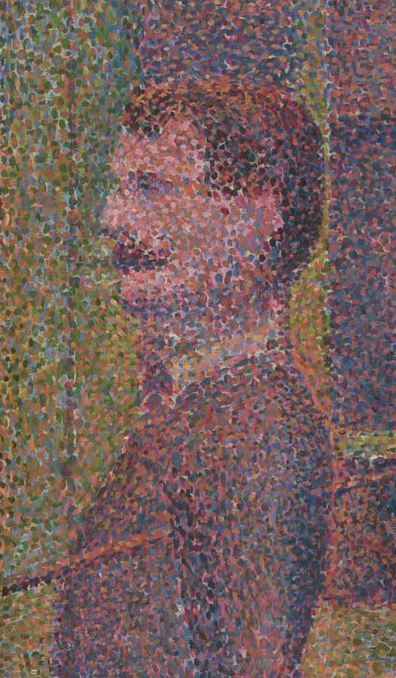Our culture gives lip service to the cliché, “It’s the journey, not the destination,” but drives its definition of success via “points.” There are Good Points and there are Bad Points. There is the Point of Departure—as long as it gracefully digresses from the linear parameters of “From Point A to Point B.” There is even the forbidden Point of No Return.
I have a lot of trouble dealing with Points. On the one hand, I am very goal-oriented, so I’m the one everyone has to shake and remind to enjoy the journey; I’m too concerned that we get to Point B by the appointed time. On the other hand, too many points stacked up nicely in a row define a line, and four of those, tied together just right form a box, and I never like to be put in a box, so why doom myself to self-containment by having the ingredients lying handily nearby? (Look, if I’m in a box—maybe even if I know I’m in a box—don’t be the first to tell me; I really resent it.) (On the other hand, do tell me; I need to know, so I can plan my escape.)
So, OK, that convinces me: Points are Good. And how does that convince me? Points define gaps. If there were no Points, there would be no Gaps to define. And, evidently, I need to be in a Gap right now, not a box. I need to find a way to immerse myself in my fear, my moment of being lost in The Gap. I can’t discover The Gap if I can’t find the points that outline it. I can’t define which gap I’m in until I know it’s the one between Point A and Point B.
There’s something more than definition, though. Point A and Point B actually lend flavor to their own gap. In other words, the gap between Point A and Point B is incredibly different than the gap between Point X and Point Y might be. The Points lend their influence to their in-between places.
One of my favorite artists, Georges-Pierre Seurat, gained his ranking in my personal world through a technique he worked to perfect: pointillism. Think of it: the challenge to create an image through the use of nothing other than specks of color. While we, in our techno-savvy age, think nothing of computer-graphics-generated pixels or the wonders of electron-microscopy, for a late 19th century thinker, this was a creative challenge.
I used to think Seurat did this owing to his artistic genius. Just recently I discovered that he drew upon scientific theory in formulating the basis for his approach. The idea was that, rather than buy pre-blended paints, or even blend primary-colored pigments to create the desired image, the artist could achieve the same effect by juxtaposing various spurts of vibrant color on the canvas. There was one thing needed, though, to complete the equation: a gap between the object (the painting) and the beholder (me, standing about ten feet away from the display at the Art Institute of Chicago).
My favorite piece, Sunday Afternoon on the

And that’s the point about Points: you can’t really have a point without a gap. And you can’t really know your Gap without its orienting points. Life is really about what’s happening in the spaces between the points. More than that, it’s what’s happening in the eye of the beholder that influences what’s happening in the spaces between the points. In other words, The Gap is really what I do with the Points I’ve been given in life. If I understand how that works—the relationships, the conferring of natures upon adjacent spaces, the blending of efforts and influences—then I can achieve something of worth in my Gap.

No comments:
Post a Comment